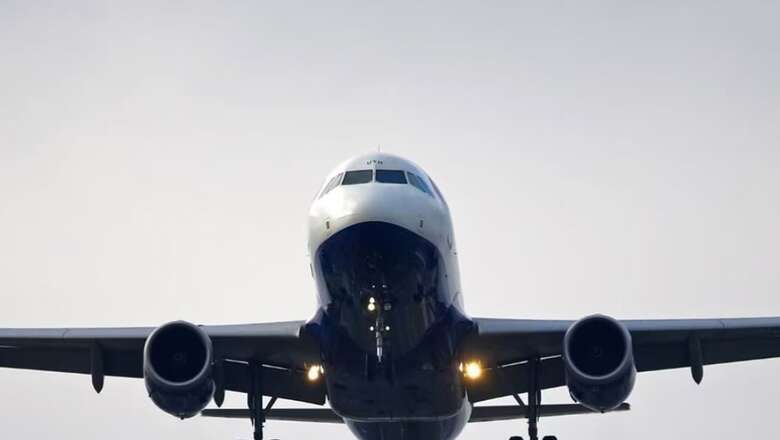
views
Union Minister of Civil Aviation and Steel, Jyotiraditya M. Scindia, revealed to the parliament that India is set to witness a soaring rise in air travel.
By the year 2030, the government aims to have a staggering 42 crore people traveling by airplane, marking a significant leap in the country’s aviation landscape.
During a session in the Rajya Sabha, Minister Scindia provided key insights into the current aviation infrastructure. Presently, there are 149 operational airports across the nation, encompassing heliports and water dromes. The Minister emphasized the paramount importance of passenger security, highlighting the vigilance maintained by the Bureau of Civil Aviation Security (BCAS) at all airports. Additionally, safety measures are ensured through the issuance of Civil Aviation Requirements (CAR) by the Directorate General of Civil Aviation (DGCA).
Addressing concerns about deviations from norms, Minister Scindia assured swift action. Upon receiving information regarding any irregularities from airlines or airports, the ministry promptly seeks their response. In cases where wrongdoing is established, penalties are imposed as a deterrent against lapses.
Remarkably, the growth in India’s aviation sector is evident from the substantial increase in the number of airports. Over the first 65 years, there were 74 airports, but presently, there are 149 functional airports, heliports, and water aerodromes. Minister Scindia attributed the success of the UDAN scheme, which provides viability gap funding, to enabling 1.3 crore people to experience air travel.
Minister Scindia’s ambitious vision aligns with the government’s commitment to making air travel accessible to a vast population. As India charts its course towards becoming a global aviation hub, the goal of 42 crore air travelers by 2030 signals a new era of connectivity and accessibility for the nation.




















Comments
0 comment